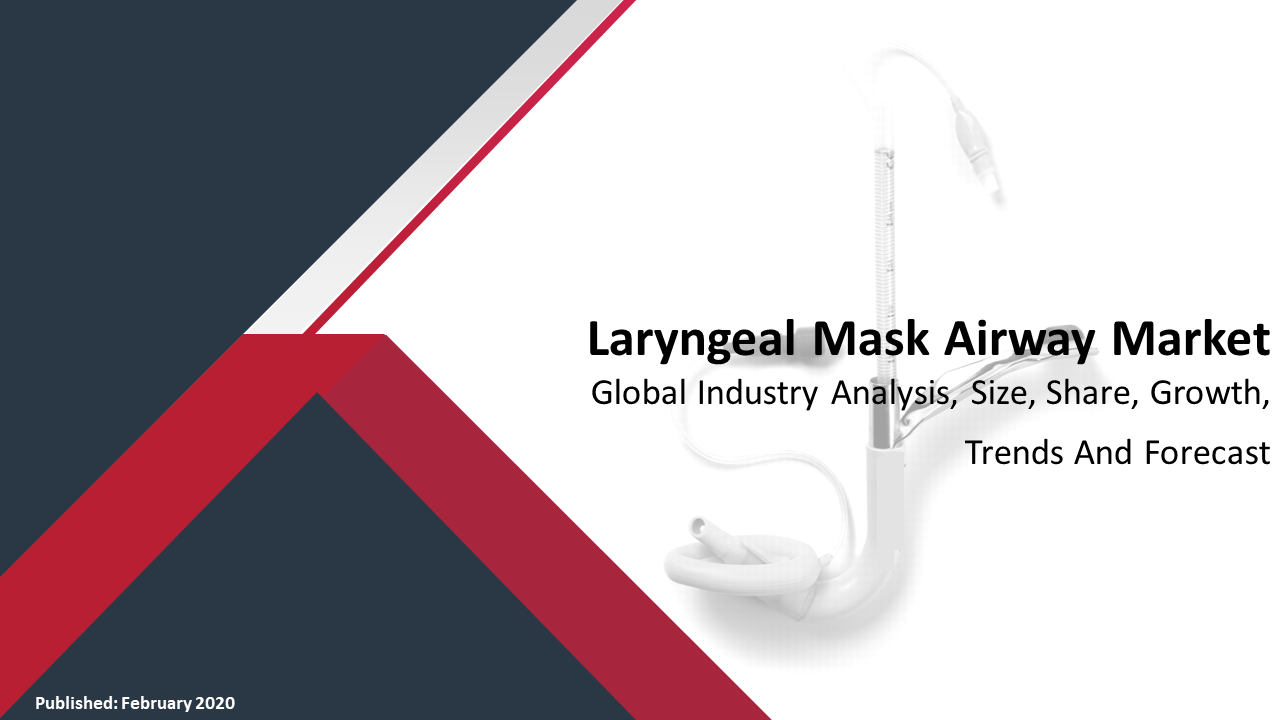India Medical Aesthetic Devices Market Outlook 2031
The India aesthetic devices market size was USD 1.26 Billion in 2022 and is expected to reach USD 3.87 Billion by 2031 register a significant CAGR 13.28% during the forecast period, 2023–2031. The growth of the market is attributed to the growing acceptance of slightly intrusive and non-intrusive aesthetic techniques.
Medical aesthetics are widely used in medical aesthetic treatments. Aesthetic procedures and procedures such as liposuction, face lifts, and breast implants. Devices used specifically for such procedures are referred to as medical aesthetic devices. These procedures include plastic surgery, hair removal, excessive fat removal, anti-aging, aesthetic implants, and skin firming, which are used for beautification, alteration, and improvement of the body.

India Medical Aesthetic Devices Market Trends, Drivers, Restraints, and Opportunities
- Rising adoption of new technologies and the requirement for beauty enhancement procedures are anticipated to drive the market growth.
- Rapid growing healthcare sector is estimated to spur the growth of the market.
- The availability of technologically advanced and user-friendly products in the market is expected to propel the growth of the market during the forecast period.
- The social shame along with unwillingness to accept medical aesthetic procedures can restrain the market growth.
- High cost of aesthetic procedures and safety concerns can create challenges for the market growth.
- Increasing preference for a better quality of life and rise in acceptance among the young generation can create lucrative opportunities during the forecast period.
Scope of The India Medical Aesthetic Devices Market Report
The report on the India aesthetic devices market includes an assessment of the market, trends, segments, and regional markets. Overview and dynamics have also been included in the report.
|
Attributes
|
Details
|
|
Report Title
|
Aesthetic Devices Market - India Industry Analysis, Growth, Share, Size, Trends, and Forecast
|
|
Base Year
|
2022
|
|
Historic Data
|
2016–2021
|
|
Forecast Period
|
2023–2031
|
|
Segmentation
|
Type of Devices (Energy-based Aesthetic Devices [Laser-based Aesthetic Devices, Light-based Aesthetic Devices, Radiofrequency-based Aesthetic Devices, and Ultrasound Aesthetic Devices] and Non-energy-based Aesthetic Devices [Botulinum Toxin, Dermal Fillers & Aesthetic Threads, Implants, and Microdermabrasion]), Applications (Body Contouring & Cellulite Reduction, Breast Augmentation, Facial Aesthetic Procedures, Skin Resurfacing and Tightening, and Others), and End-users (Clinics & Beauty Centers, Home Settings, and Hospitals)
|
|
Country
|
India
|
|
Report Coverage
|
Company Share, Market Analysis and Size, Competitive Landscape, Growth Factors, and Trends, and Revenue Forecast
|
|
Key Players Covered in the Report
|
Lumenis Be Ltd.; Bausch Health Companies Inc.; Allergan Inc.; Alma Lasers; and Cutera, Inc.
|
India Aesthetic Devices Market Segment Insights
Laser-based aesthetic devices segment to hold a major market share
In terms of Type of Devices, the market is bifurcated into energy-based aesthetic devices and non-energy-based aesthetic devices. The energy-based aesthetic device segment is further segregated into laser-based aesthetic devices, light-based aesthetic devices, radiofrequency-based aesthetic devices, and ultrasound aesthetic devices.
The non-energy-based aesthetic device segment is classified as botulinum toxin, dermal fillers & aesthetic threads, implants, and microdermabrasion. The laser-based aesthetic devices segment is projected to expand at a considerable CAGR during the forecast period due to the rapid entry of foreign manufacturers into the market, particularly low-priced device manufacturers from China and South Korea, have increased competition in the market.
Laser-based aesthetic medical devices are used for the treatment of wrinkles, sun damage, and undesirable lesions. Laser-based devices work on the physiology of aging and wrinkled skin, and are used by individuals who wants to expand or restore their appearance. The main focus of these devices is to remove stubborn fat or decrease the abundance of sagging skin to accomplish skin tightening.

Body contouring & cellulite reduction segment is anticipated to constitute a significant market share
On the basis of applications, the India aesthetic devices market is divided into body contouring & cellulite reduction, breast augmentation, facial aesthetic procedures, skin resurfacing and tightening, and others. The body contouring & cellulite reduction segment is projected to expand at a considerable CAGR during the forecast period due to introduction of slightly invasive techniques.
Body contouring is a series of treatments where laser equipment is used to rise collagen production and diminish the presence of cellulite. It also decreases the general volume and strengthens the soft skin.

Hospitals segment is anticipated to exhibit a high CAGR
Based on End-users, the market is classified as clinics and beauty centers, home settings, and hospitals. The hospitals segment is expected to constitute a key share of the market during the anticipated period. Growing number of operations and increasing expenditure on healthcare facilities in emerging economies has affected in adoption of advanced aesthetic methods.
Requirement of skilled specialists to perform aesthetic methods, high price associated with the aesthetic devices, and convenience of well-developed healthcare services have improved the preference for hospitals.
Segments
The India aesthetic devices market is segmented on the basis of:
Type of Devices
- Energy-based Aesthetic Devices
- Laser-based Aesthetic Devices
- Light-based Aesthetic Devices
- Radiofrequency-based Aesthetic Devices
- Ultrasound Aesthetic Devices
- Non-energy-based Aesthetic Devices
- Botulinum Toxin
- Dermal Fillers & Aesthetic Threads
- Implants
- Microdermabrasion
Applications
- Body Contouring & Cellulite Reduction
- Breast Augmentation
- Facial Aesthetic Procedures
- Skin Resurfacing & Tightening
- Others
End-Users
- Clinics & Beauty Centers
- Home Settings
- Hospitals
Country
Key Players
Competitive Landscape
The key players competing in the India aesthetic devices market are Lumenis Be Ltd.; Bausch Health Companies Inc.; Allergan Inc.; Alma Lasers; and Cutera, Inc.


























